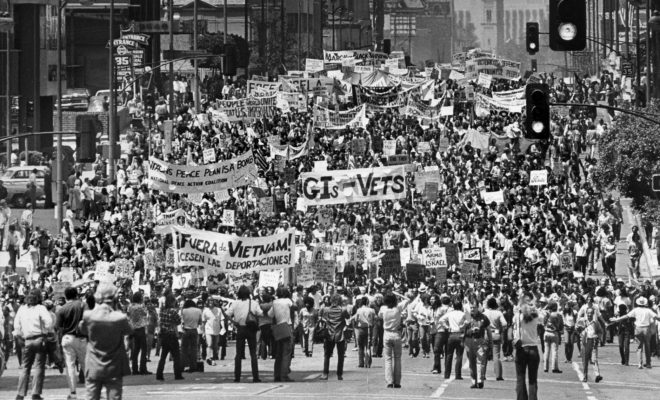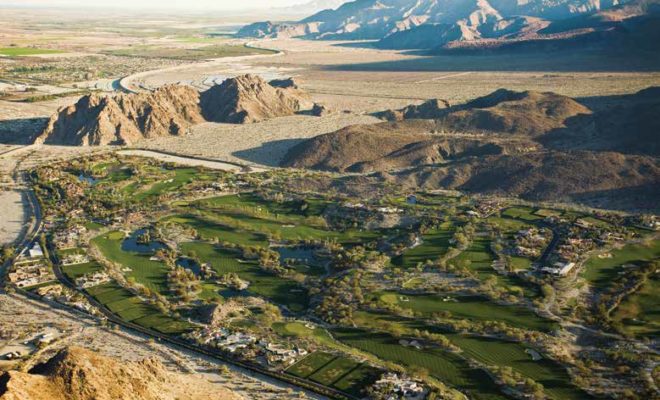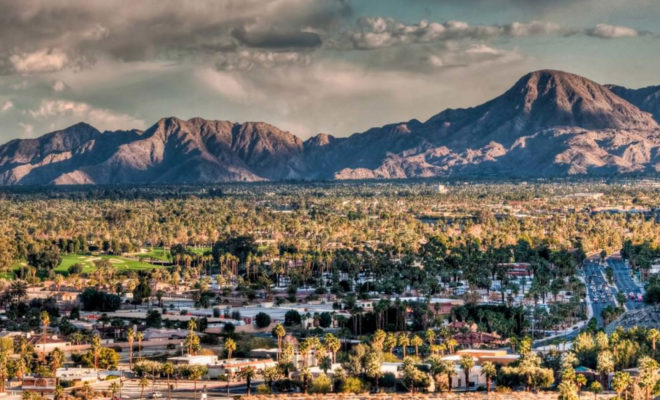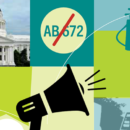A Miserable Year for Politics, a Great Year for Golf

1968 was arguably the most tumultuous political year of the 20th Century. A President who had been elected in one of the greatest landslides in American history was forced out of a re-election bid by his own Party. A Civil Rights icon was murdered in Memphis. A Presidential candidate was murdered in Los Angeles. American inner cities erupted in flames – called domestic insurrections by some, riots by others.
College campuses were scenes of repeated anti-Vietnam War demonstrations, some peaceful, many violent. The Chicago Democratic Convention was more riot than political convention. A 3rd Party Presidential candidate captured 14 percent of the national vote and a significant number of Electoral Votes, a feat not duplicated since. And the denouement was the election of Richard Nixon as the nation’s 37th President with a mere 43 percent of the popular vote.
And that was just the tame stuff. Magazines and newspapers were filled with stories about the “credibility gap” between the American People and its government, the “death” of God, “two nations – separate and unequal,” “the center incapable of holding,” “silent springs,” and myriad variations on equally apocalyptic themes.
But what about golf? How did the venerable game that prided itself on upholding “ancient and honorable” traditions fare in this soup of dissent, discord, disdain and disillusionment?
The simple answer: Never better; indeed, the game’s fortunes had never been so bright nor its future brighter.
The game was enjoying its 23rd consecutive year of growth. Municipalities were adding courses to their stock at record clips. Daily fee facilities were sprouting wildly. Golf courses were becoming a staple of residential construction. The relationship between the price of entry to the game and the disposable income of those hoping to enter had never been tilted so far in the game’s favor. The average public greens fee in Southern California was $22 weekdays and $27 weekends in 2017 dollars. Wages, particularly for the middle quintiles of the income population, reached their apex in 1968. The University of California and Cal State College Systems were tuition free. America was number one in the World in primary, secondary and post-secondary education, number one in socioeconomic mobility, and number one in economic growth among industrial nations. Quite a solid foundation upon which to build a sport requiring disposable income, and “build” the game certainly continued to do – for another 27 consecutive years to be exact.
In California and the greater Southwest water was cheap and plentiful in 1968. So was energy. Much of the infrastructure to keep delivering water and energy at low rates had just been completed, presaging many years of more of the same. Rachel Carson had stirred environmental passions with her book, “Silent Spring,” in 1962, but we were a full two years from the 1st “Earth Day” in 1970 and even more years from the passage of the California Environmental Quality Act (CEQA). Today’s complicated thicket of environmental regulation wasn’t even on the radar screen of the most ardent environmentalist in 1968.
The once “rich man’s game,” derided for being inaccessible, elitist and lily white, was fast becoming accessible, much more public than private, and anything but lily white. Unlike today’s dearth of homegrown minority players on the PGA TOUR, the 1960’s Tour sported at least 9 African American stars, among them Charlie Sifford, Pete Brown, Rafe Botts, Charlie Owens, Lee Elder and George Johnson. Sifford and Brown won on the Tour in the 60’s; Lee Elder, who in 1968 took Jack Nicklaus to a 6th playoff hole before losing the American Golf Classic at the famed Firestone Course in Nicklaus’ native Ohio, had to wait until the 1970’s to win. Among the PGA TOUR Rookies of the Year in the 1960’s were Homero Blancas and Lee Trevino, two dirt poor Latino kids from the munis of Texas. Given that golf was the last of America’s major sports in 1961 to rid itself of its version of a “Caucasian only clause,” this represented truly remarkable progress – a trajectory that caused many to conclude that it wouldn’t be long before the game of golf looked more like a composite of the nation than a vestige of a rapidly disappearing past.
If you’ve guessed that practicing Government Affairs in the golf industry was an easier task in 1968 than it is today, you’ve guessed right. The nation may have been in turmoil, but the turmoil didn’t translate into anything but good news and good times for the game of golf.
Is this a brief for turmoil? No, but it is a lesson in the folly of false conflations. The politics of the Italian Renaissance were brutal, but the art and science were magnificent. The Great Depression of the 1930’s ushered in totalitarianism writ large, but it was the most productive decade of the 20th Century with respect to music, art, drama and literature. Who knows; maybe the tumult of our own recent Presidential election, with all of its divisions between “red” and “blue” states, town and country, and coast and interior, will mark the beginning of another great era of growth and prosperity in the golf industry? We can always hope.











Certainly gives a reason for hoping for some great golf this year, doesn’t it? I think there is actually some truth in this: in times of crisis and change, perhaps people are looking something else.
Anyway, looking at some of the quality players hitting form in the early part of the year, it is easy to feel optimistic about the golf (but perhaps less so about politics!)